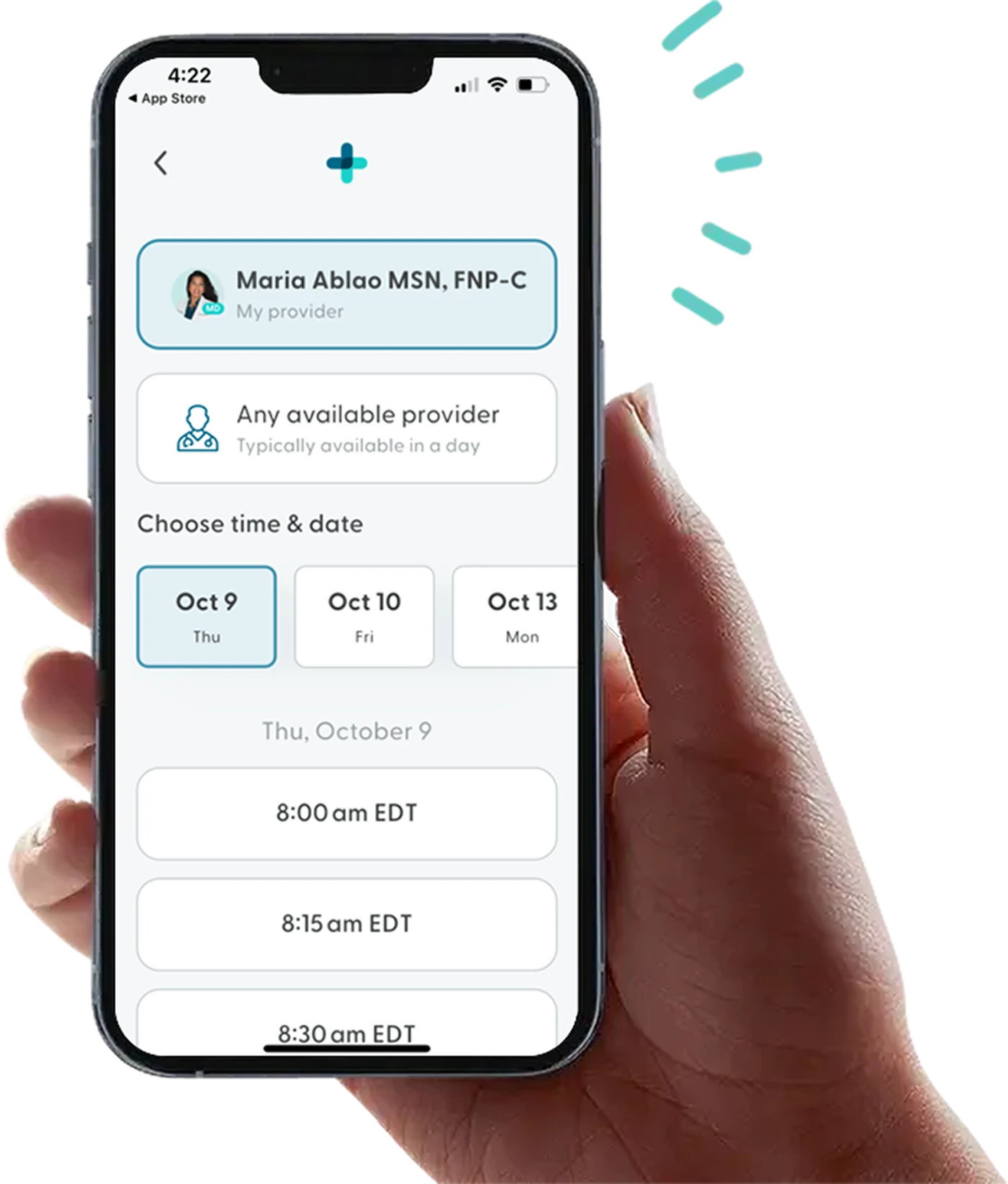Soy Allergy: Symptoms and Treatment Options
A soy allergy can be a complicated allergy to navigate. Many processed foods have soy-related ingredients in them which can make it difficult to avoid. However, there are ways to avoid most soy-based foods and tips for identifying them.
As people get older, they tend to grow out of a soy allergy. A soy allergy can be especially difficult for people who follow a vegetarian diet because of the prevalence of soy-based protein options. Still, there are ways to manage your soy exposure to prevent possible symptoms.
Food allergies affecting your daily life?
Speak to a healthcare provider online about your allergy symptoms today.


What is a Soy Allergy?
Soybeans are a part of the legume family. Legumes are plants in the Fabaceae family which also includes beans, lentils, peanuts, and peas. A soy allergy is an immune response to soy proteins.
It’s often passed on genetically, but can also develop or disappear over time as someone gets older. Many people with a soy allergy may also develop an allergy to peanuts.
Common soy-based foods include:
Lecithin
Miso soup
Tofu
Plant-based food products
Cereals
Vegetable broth
Infant formulas
Soy sauce
Teriyaki sauce
A soy allergy may be stronger for one source of soy than others for certain people. However, the risk of a soy allergy in commonly used products like soy lecithin and soy oil is low. These products have a very low amount of soy protein in them.
Some soaps, lotions, and household products may also have traces of soy. Be sure to thoroughly clean and sanitize any products like cutting boards or surfaces that may have been exposed to soy products.
How to Know if You Have a Soy Allergy
When you have an allergic reaction to soy products for the first time, it may be unclear whether you have a soy allergy. If you’re unsure, a healthcare provider can perform tests to determine if you have an allergy. In some cases, a soy allergy may be mistaken for soy sensitivity.
A healthcare provider may recommend the following tests:
Skin prick test: Placing a small amount of soy allergen on the skin in a doctor’s office can let them know if you have an allergy to it.
Blood test: A healthcare provider may get a blood sample to measure the IgE antibodies in your blood.
Component test: A blood test that measures your response to different allergens.
What are the Symptoms of Soy Allergy?
In young children, one of the first signs of soy allergy may be atopic dermatitis. This may lead to skin rashes and itchy patches on the skin's surface. Other symptoms you may experience regardless of age are:
Swelling
Wheezing
Abdominal pain
Dizziness
Nasal congestion
Those with a severe allergy to soy may experience anaphylaxis — a life-threatening reaction to soybeans or soy-based products.
How Do You Treat a Soy Allergy?
One of the best ways to treat a soy allergy is to avoid foods with soy in them. Even products that are labeled soy-free may still have traces of soy. It’s important to thoroughly read the label for ingredients and a warning if the product is made near soy products.
Soy-based ingredients to avoid include:
Vegetable gum
Monosodium glutamate (MSG)
Glycine max
Expelled soy oil
Vegetable starch
Hydrolyzed vegetable protein
Textured vegetable protein
Another option for treatment is oral immunotherapy or an oral food challenge. This involves gradually ingesting small doses of soy over time to desensitize the immune system. The first few small doses are taken in the presence of a healthcare provider. Over time, they may clear you to begin ingesting small doses on your own at home.
While rare, it’s possible to experience a severe reaction or anaphylaxis while doing oral immunotherapy. Some immune systems may not respond to oral immunotherapy at all.
If you have a severe soy allergy, a healthcare provider may recommend carrying an EpiPen (epinephrine injector) in case of emergencies.
How Do I Avoid Soy-Based Ingredients?
The Food Allergen Labeling and Consumer Protection Act (FALCPA) requires that U.S. packaged foods clearly state if a product contains soy. Typically, people have only a mild reaction to soy. However, soy is the main ingredient in many protein meat substitutes.
If you’re looking to be on the safe side and avoid it as much as possible, consider trying these vegetarian-friendly alternatives:
Black beans
Nuts
Quinoa
Flaxseed
Seitan
Where Can I Learn More About Food Allergies?
At LifeMD, you can speak with a licensed healthcare provider about what to do if you suspect you’re allergic to soy. They can give you tips for keeping yourself safe during an allergic reaction and alternate food options to consider.
Book an appointment today to learn more about managing a soy allergy.
More articles like this
Feel better with LifeMD.
Your doctor is online and ready to see you.
Join LifeMD for seamless, personalized care — combining expert medical guidance, convenient prescriptions, and 24/7 virtual access to urgent and primary care.

 Medically reviewed and edited by
Medically reviewed and edited by 








